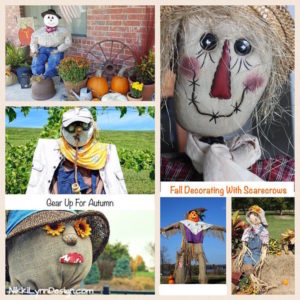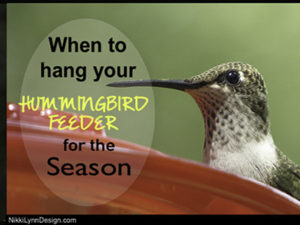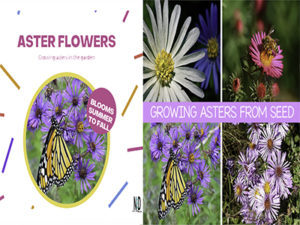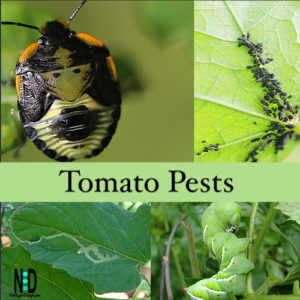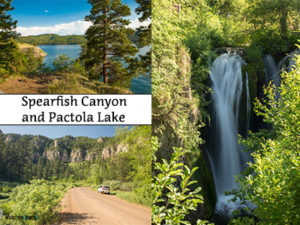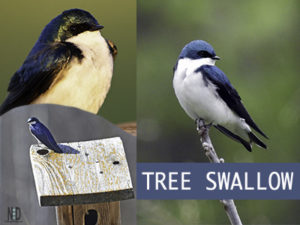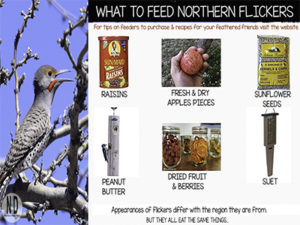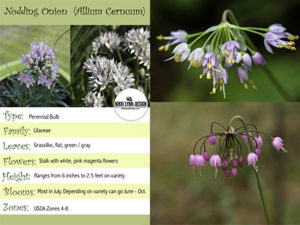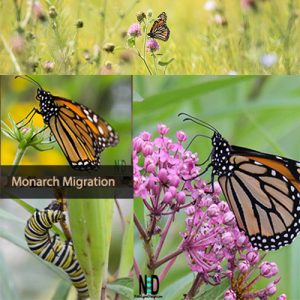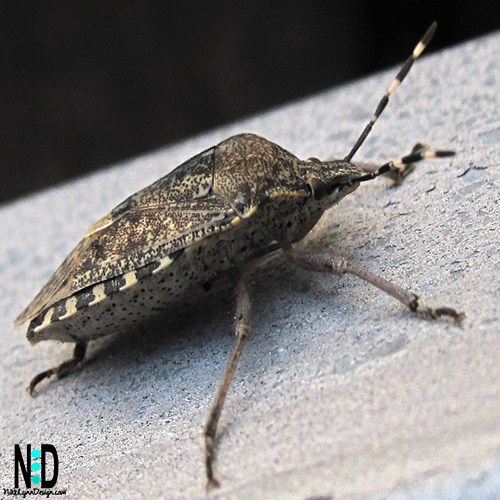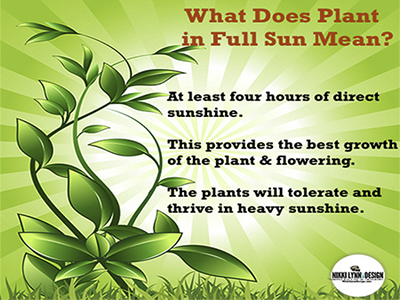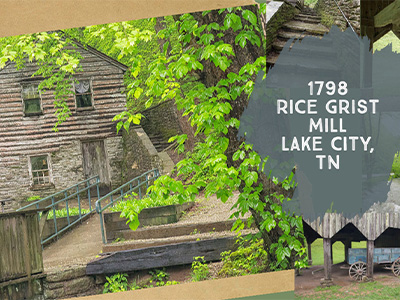As the crisp October air swirls with the scent of fallen leaves and harvest bonfires, there’s no better time to witness one of nature’s most enchanting spectacles right here in Wisconsin. I’m sitting by my window, watching the trees don their fiery reds and golds, and it reminds me why I adore this season—it’s a vibrant celebration of life’s cycles, with the sandhill cranes as the stars of the show. These majestic birds, with their elegant stature and soul-stirring calls, gather by the thousands in our farm fields, feasting on the remnants of the harvest. It’s fall’s grand finale, a moment that feels both bittersweet and exhilarating, and I’ve made it a tradition to venture out and soak it all in. Let me share this autumn adventure with you, drawing from my own explorations, and offer some tips to make your experience just as memorable.
In this post, I’ll guide you through the magic of the cranes’ migration, my personal observations from recent outings, and practical advice for joining in safely. Whether you’re a lifelong Wisconsinite or a visitor chasing fall’s wonders, this is more than just a seasonal event—it’s a heartfelt connection to the wild beauty around us.
The Magic of Migration: Nature’s Autumn Symphony
Right now, in the midst of October’s golden glow, Wisconsin’s rural landscapes come alive with a magnificent gathering of sandhill cranes. As farmers wrap up their harvests, leaving behind a feast of corn, soybeans, and grains, these graceful birds descend upon the fields in droves. Their distinctive trumpeting calls echo across the countryside, a symphony that signals the height of their migratory preparations. It’s a vital ritual for these creatures, providing the fuel they need for their long journey south, and it draws bird enthusiasts and nature lovers like me to witness the spectacle.
A large group of sandhill cranes is known as a “sedge,” and seeing one in full swing is like stepping into a living painting—thousands of them probing the ground for seeds, their long legs striding through the stubble under a canopy of colorful foliage. Peak activity is happening as we speak, with the birds roosting in nearby wetlands at night and feeding energetically in the early mornings. Spots like Crex Meadows and Sandhill Wildlife Areas are buzzing with activity from mid-September through October, offering front-row seats to this natural phenomenon.
From my own October wanderings, I can tell you it’s a humbling reminder of autumn’s rhythm—the way the cranes’ presence ties together the harvest’s end and the promise of renewal.

Row by Row: A Closer Look at Their Fascinating Behavior
What I love most about these birds is their methodical, almost communal way of going about their feast. In my local fields, the sandhill cranes move row by row, each one claiming its path and clearing it with precise, purposeful pecks. It’s a behavior that’s as fascinating as it is efficient, a dance of survival amidst the autumn backdrop. As the leaves crunch underfoot and the air carries a hint of woodsmoke, watching them work feels like peering into nature’s own harvest party.
I’ve spent many October mornings bundled in a cozy sweater, camera in hand, capturing their silhouettes against the sun-kissed fields. Soon, as the days shorten and the chill sets in, the cranes will form their iconic V-formations and take to the skies. But for now, they’re here, sharing the landscape with other migrating visitors and the last blooms of wildflowers like zigzag goldenrod, which add bright yellow accents to the wetlands I’ve explored nearby. It’s all part of fall’s rich tapestry, a reminder that October is for savoring these fleeting moments.
Summary: Key Highlights, Tips, and How to Make the Most of It
To help you dive into this October adventure, here’s a quick summary of what to expect, along with practical tips for a safe and enjoyable outing. With the leaves at their peak and the cranes in full swing, there’s no better time to plan a day trip.
- What to Expect: Witness thousands of sandhill cranes feeding in Wisconsin’s farm fields, cranberry marshes, and wildlife areas throughout October. Their calls and movements create a lively atmosphere, with peak sightings in the early mornings as they probe for grains and seeds.
- Best Viewing Spots: Head to Horicon Marsh, Crex Meadows or Sandhill Wildlife Areas for optimal viewing. These locations offer trails and platforms that make it easy to observe without intrusion, and the surrounding foliage is at its most vibrant right now.
- Practical Tips: Dress warmly in layers for October’s cooler temperatures—think hats, gloves, and sturdy boots for uneven terrain. Bring binoculars, a field guide, and plenty of water. Safety first: Stick to designated paths to avoid disturbing the birds or farm equipment, and maintain a respectful distance (at least 100 feet) from wildlife to prevent stress or aggressive behavior. If you’re exploring wetlands, watch for slippery ground and always let someone know your plans.
- Seasonal Context: October marks the height of fall in Wisconsin, with harvest festivals and colorful landscapes enhancing the experience. It’s a perfect time for a scenic drive or picnic, making this more than just a birdwatching trip—it’s an immersion in autumn’s essence.
Folklore and Wisdom: Old Sayings About Sandhill Cranes
- “When the cranes call, winter is not far behind.” This old adage, whispered in Midwestern farm communities for generations, speaks to the cranes’ migration as a harbinger of colder days. In October, as their trumpeting fills the air, it’s a gentle nudge to prepare for the frost, much like how I stock up on warm soups and wool blankets when I hear them overhead.
- “Cranes flying in formation carry the wisdom of the ages.” Drawing from Indigenous stories, where sandhill cranes are seen as symbols of longevity and community, this saying reminds us of their graceful V-formations. It’s said that their flight patterns teach us about unity and perseverance—perfect for October’s reflective mood, when I often find myself pondering life’s journeys while watching them soar.
- “As the cranes feast, so does the earth renew.” This one echoes themes from various cultural tales, suggesting that the cranes’ feeding habits help scatter seeds and restore the land. It’s a poetic way to view their row-by-row gleaning, as if they’re part of nature’s cycle of giving and receiving. I like to think of it as a call to appreciate the interconnectedness of all things, especially during the harvest season.
Enjoy More Photos Of The Season
While out searching farm fields, I enjoyed searching the surrounding wetlands and swamp areas for additional migrating birds. Enjoy a few photos from my exploration.
Zigzag Goldenrod (Solidago flexicaulis)
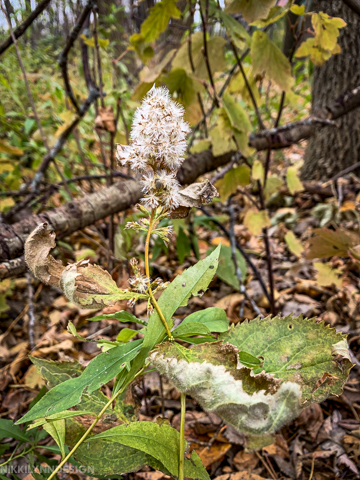
A native plant found in eastern North America, including areas like Wisconsin. The plant gets its name from the zigzag pattern along its stem.
In the fall, zigzag goldenrod produces clusters of small yellow flowers that attract pollinators like bees and butterflies.
After flowering it gets fluffy seed heads.
Wetlands Are Still Empty
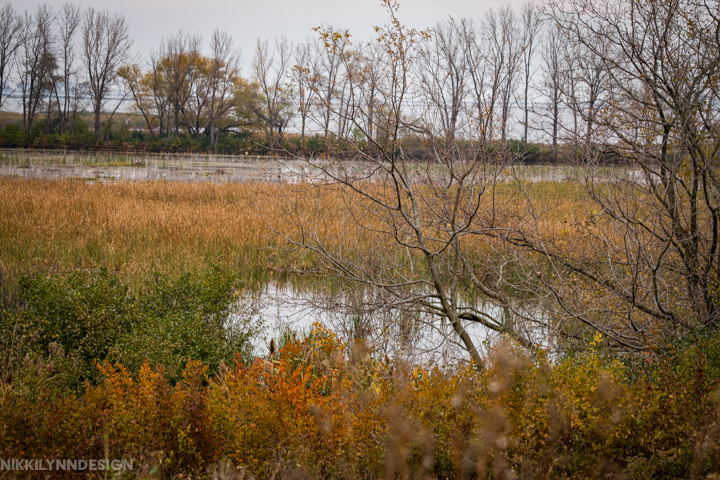
I was searching the wetland areas for migrating wildlife. The interesting thing about the wetlands in the fall is that one day there is nothing, and the next the area is full of life.
Bull Thistle
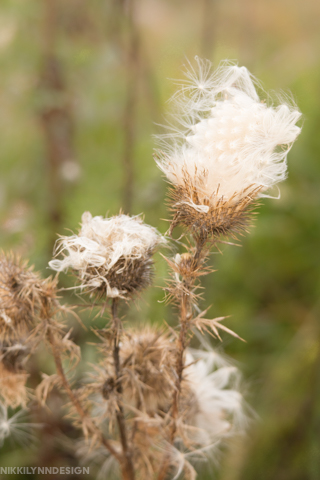
In fall, bull thistle seed heads stand tall with their spiky, globe-shaped clusters, adding a wild and rugged beauty to fields and meadows.
The seeds provide a food source for birds, including goldfinches, sparrows, and finches. and wildlife during the cooler months.
Life Is Simple In Autumn
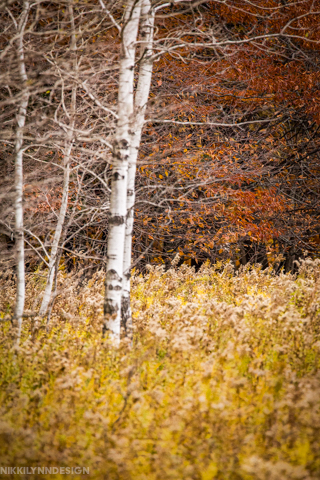
The birch bark complements the fall background beautifully.
Life is simple while wandering around in the autumn.
Plants Are Spreading Seeds
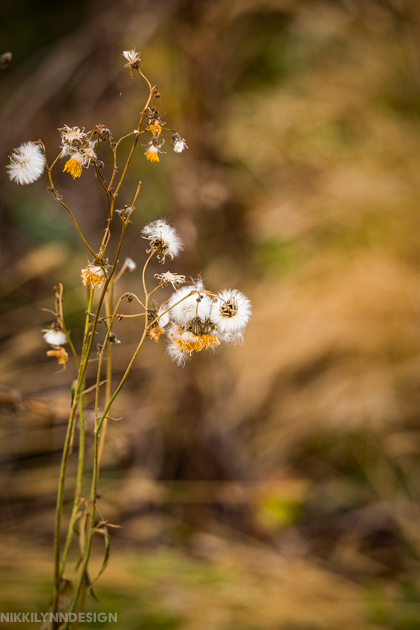
Sow Thistle seeds are dispersed by wind or animals, contributing to the plant’s spread and colonization of new areas.
This showcases nature’s cycle of renewal and growth even as the season transitions towards winter.
Seed Pods of Silver Dollar
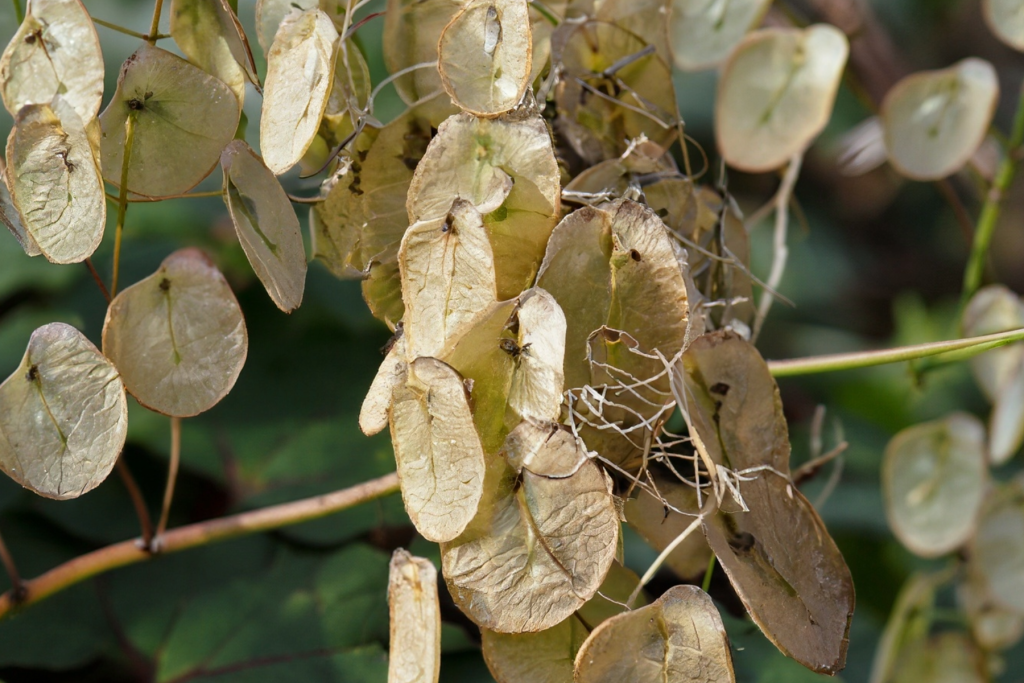
Annual Honesty is known for its attractive silvery-white, oval-shaped seed pods. They resemble silver coins or flattened discs, hence the name “silver dollar plant.”
The pods are typically papery and translucent, giving them a delicate appearance.
“Autumn scatters what spring will need—wildflowers sow their stories in silence.”
Goldenrod Galls
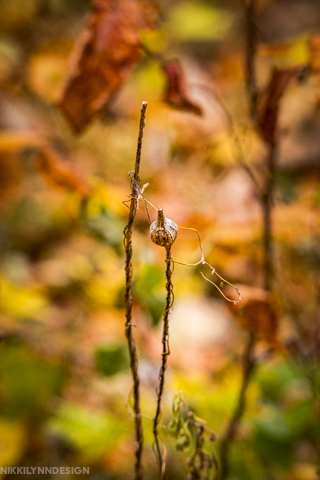
Flowers for the goldenrod have faded for the year, and there were no traces of goldenrod solider beetles.
The only signs of critters in this field was from the gall fly. Gall fly produce goldenrod galls that become the food source and host plant for gall fly larvae throughout the winter.
The insect has a fairly interesting lifecycle.
As the days grow shorter and the air carries a hint of winter’s approach, the sight of sandhill cranes in Wisconsin’s farm fields becomes a fleeting yet unforgettable experience. The plants spread their seeds, showcasing nature’s cycle of renewal and growth even as winter quickly approaches.
As I reflect on this October’s crane gatherings, my heart is full of gratitude for the simple joys of the season—like the rustle of leaves and the chorus of bird calls that make Wisconsin feel alive. From my spot amidst the fall colors, I invite you to step outside and experience it for yourself.
Until our paths cross again in the crisp October air, may your days be filled with the magic of the season.

